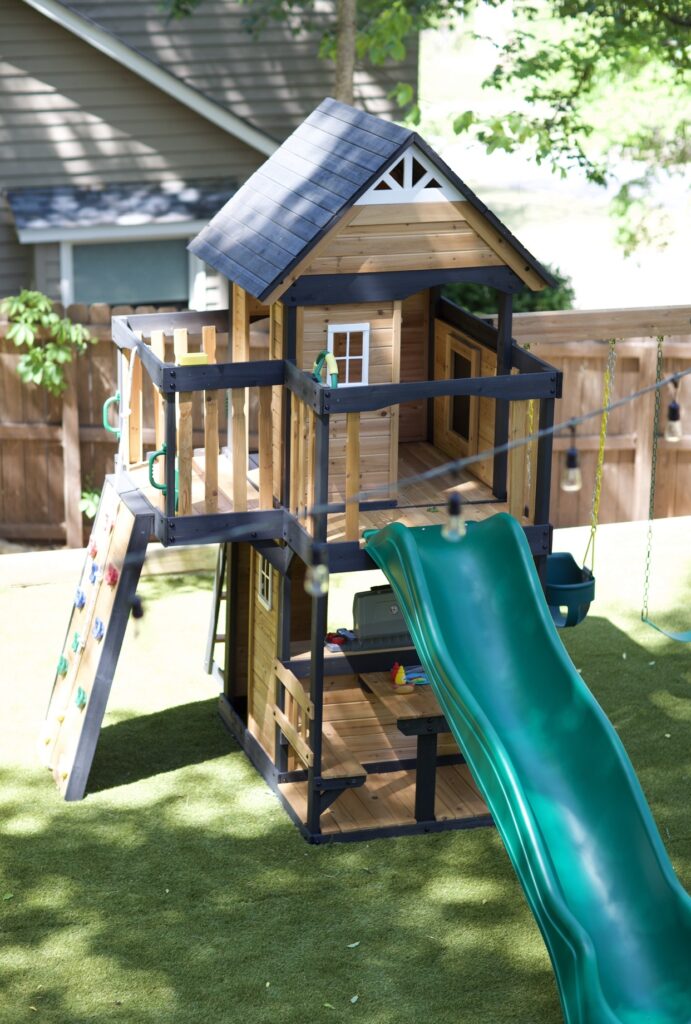
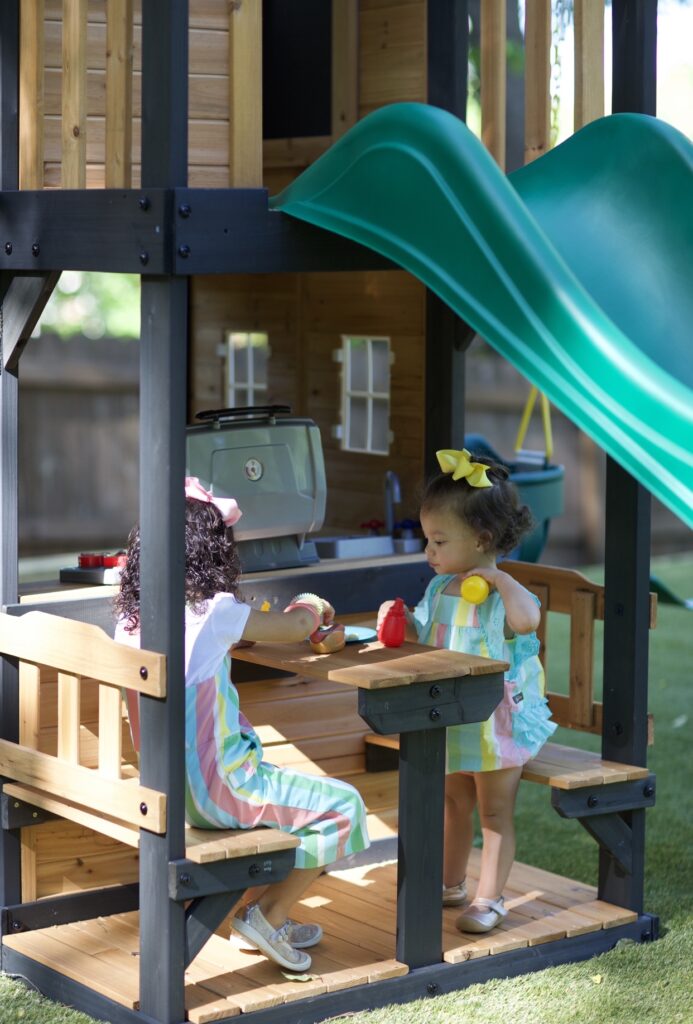
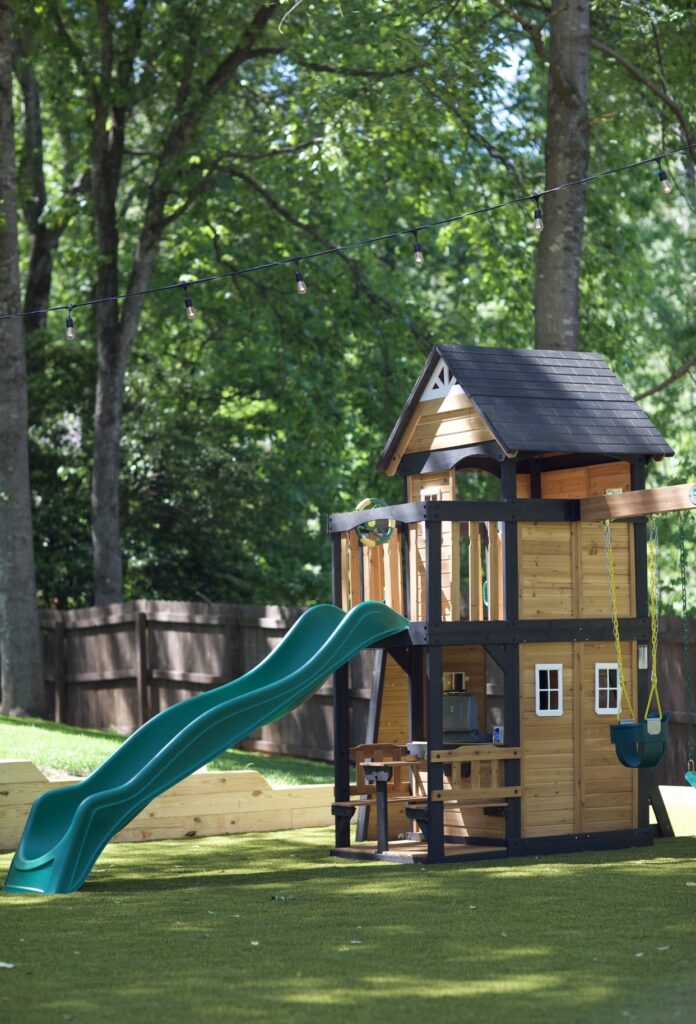
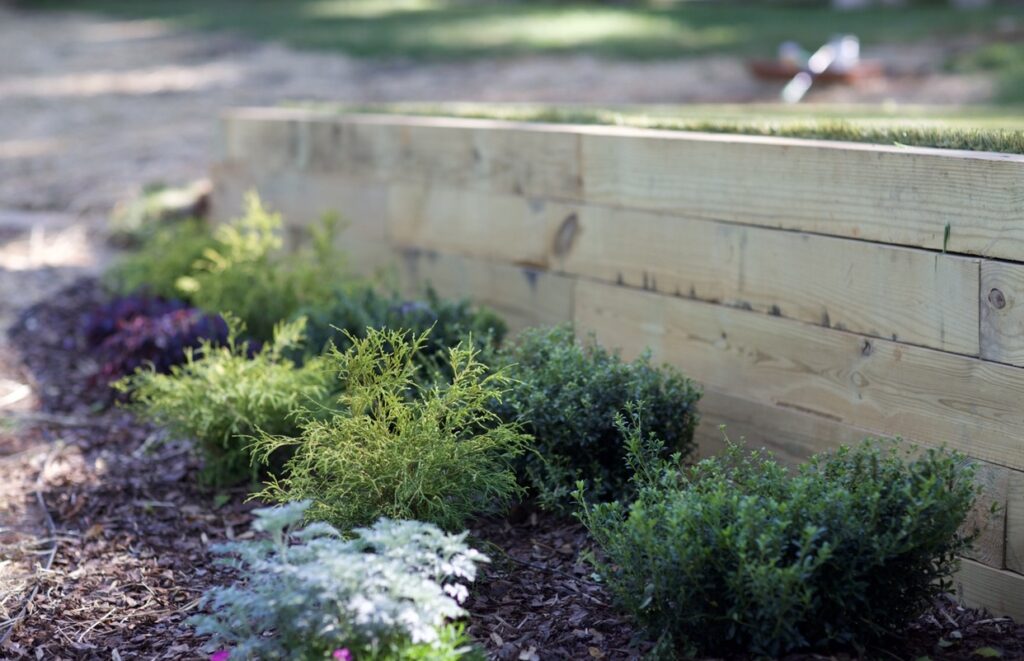
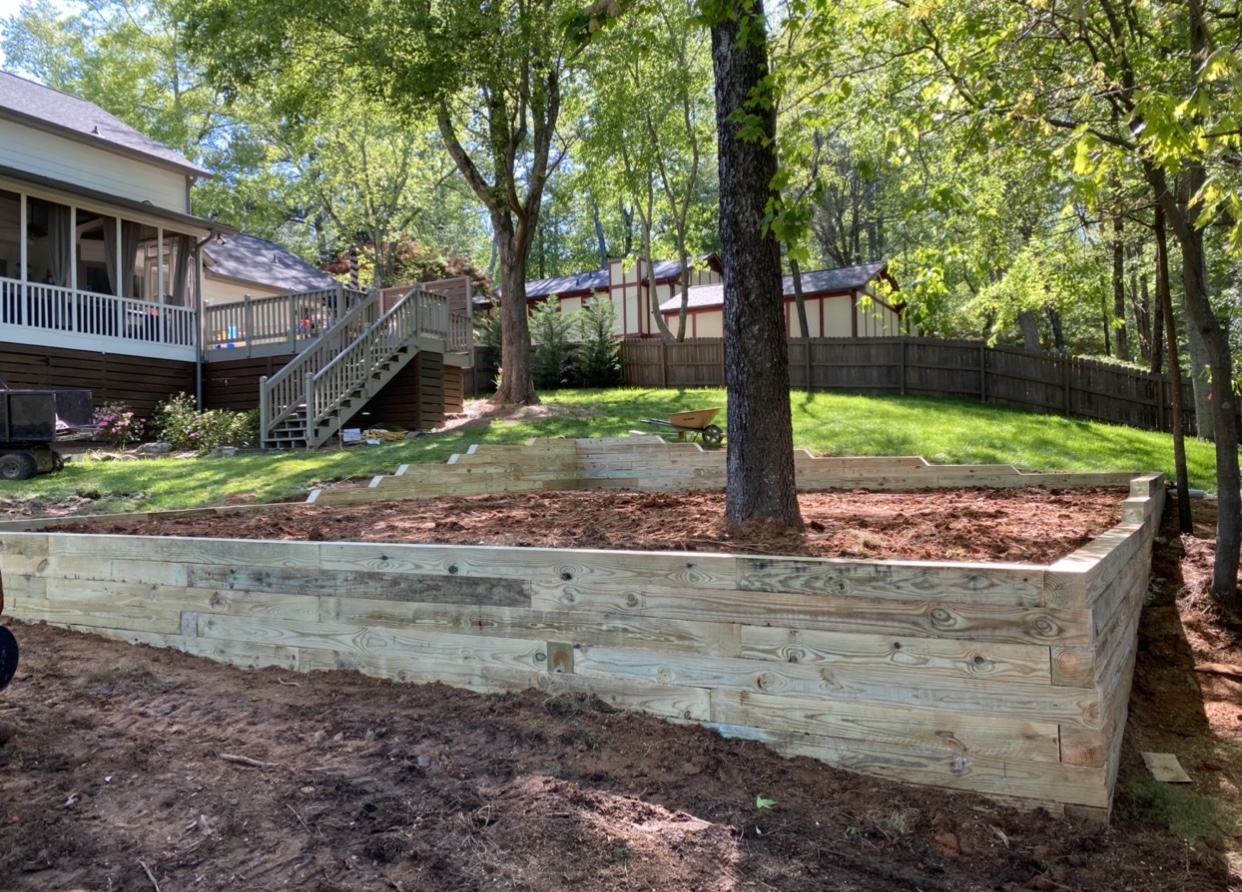
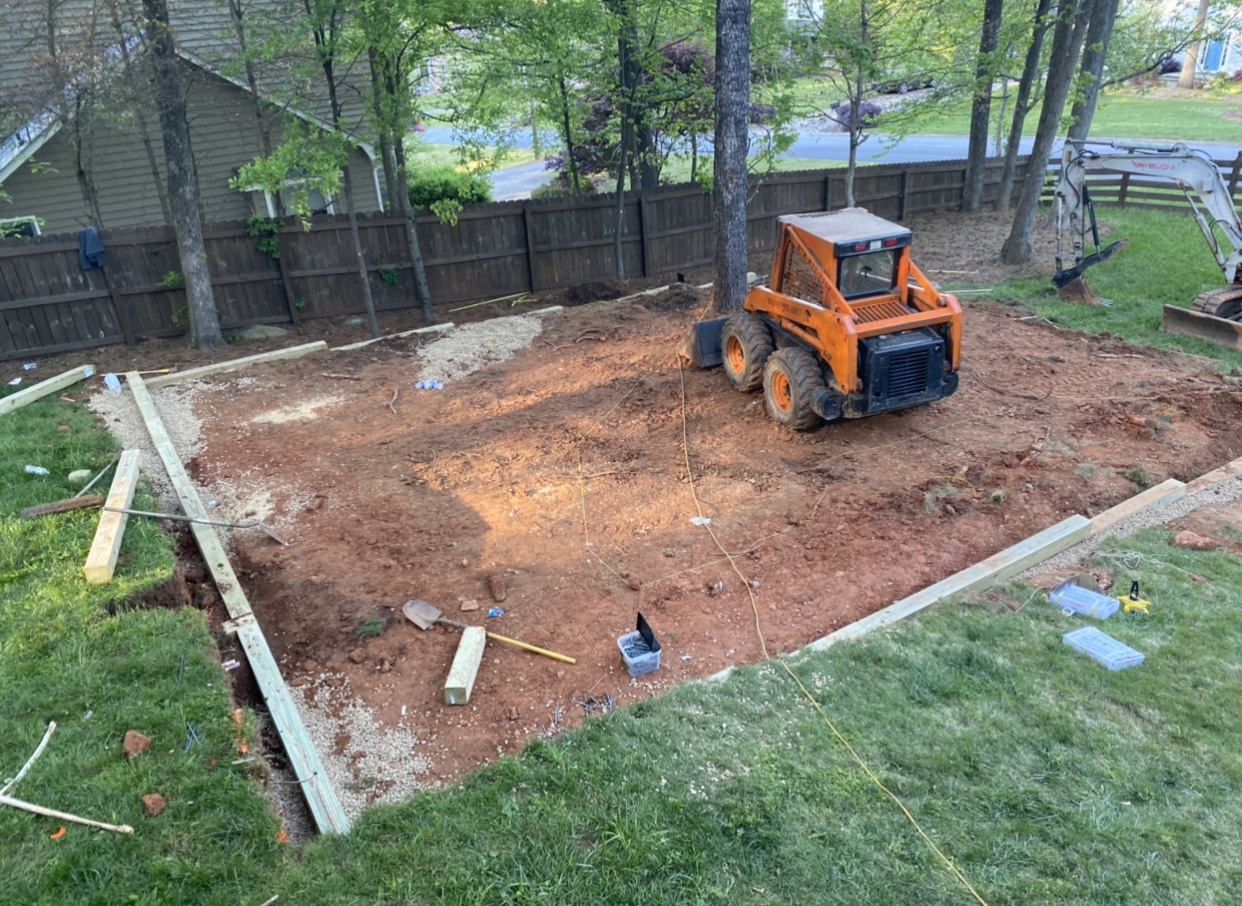
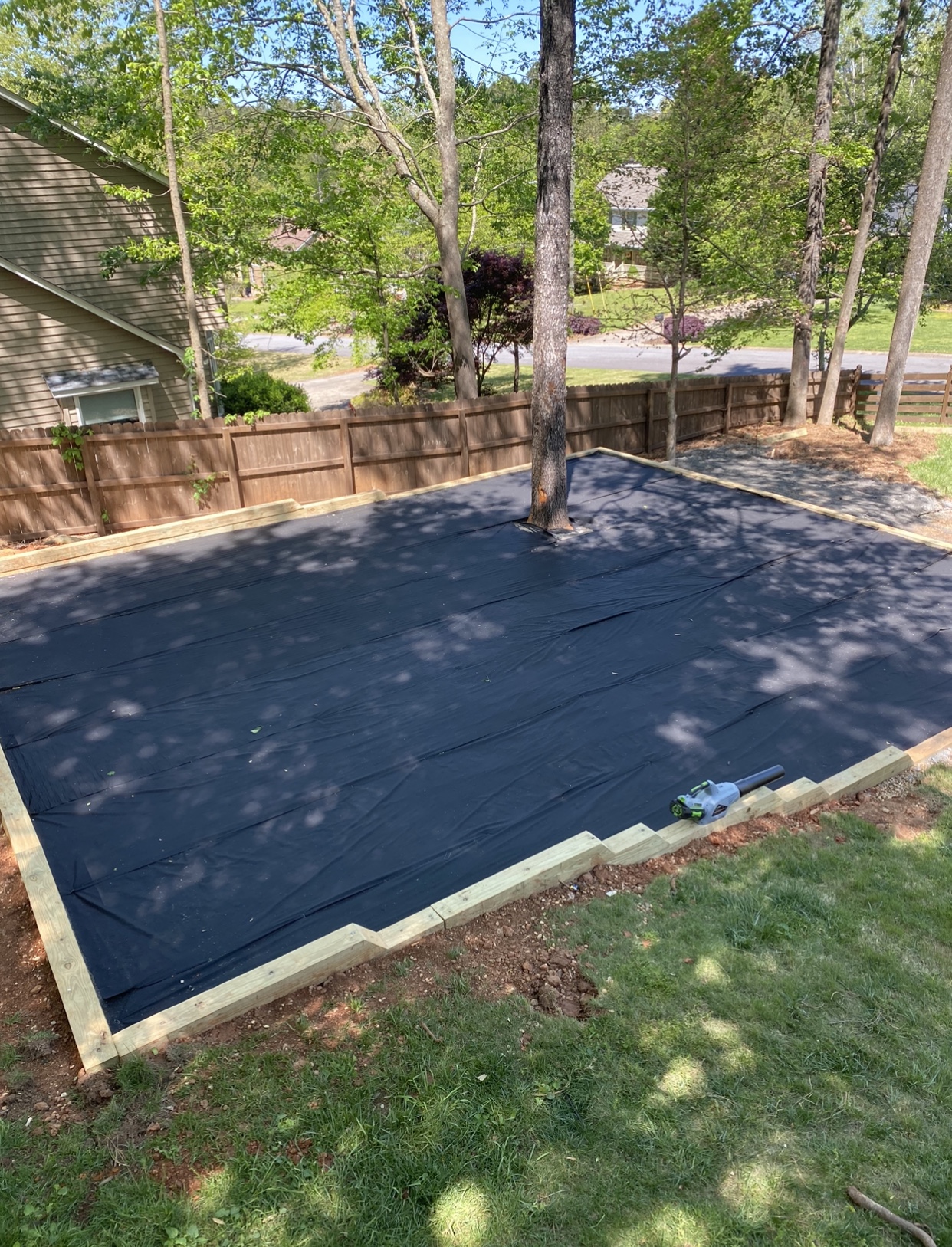


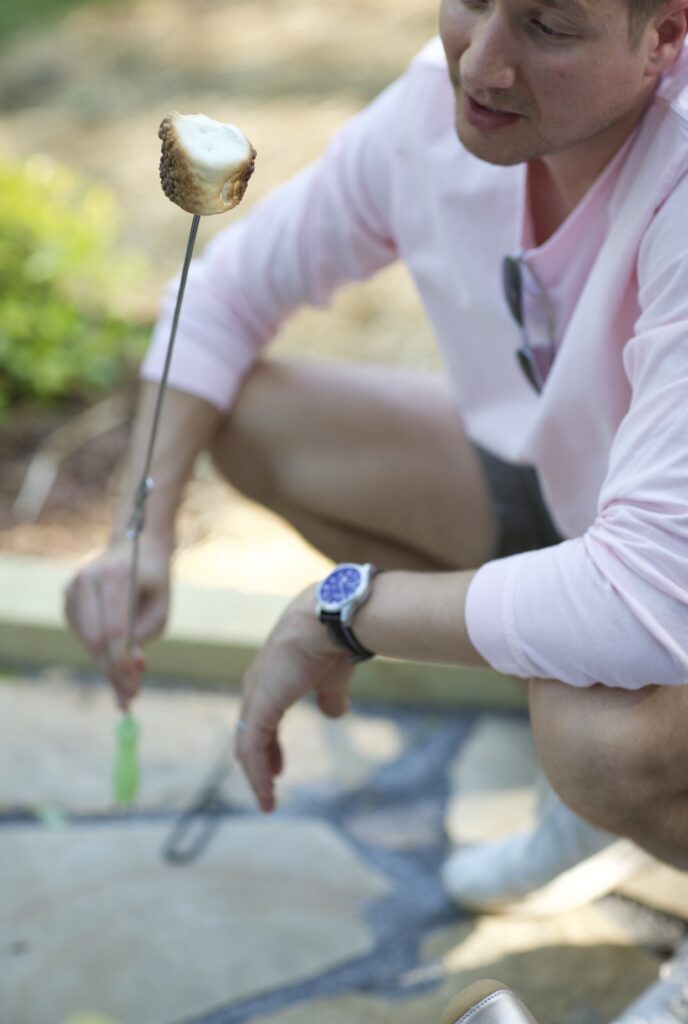
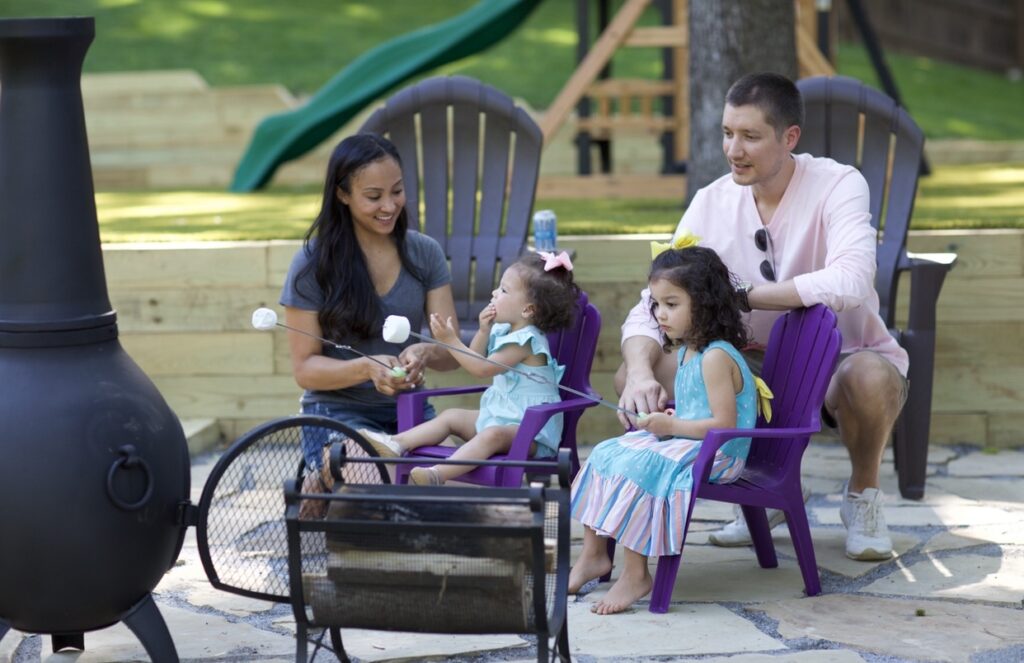
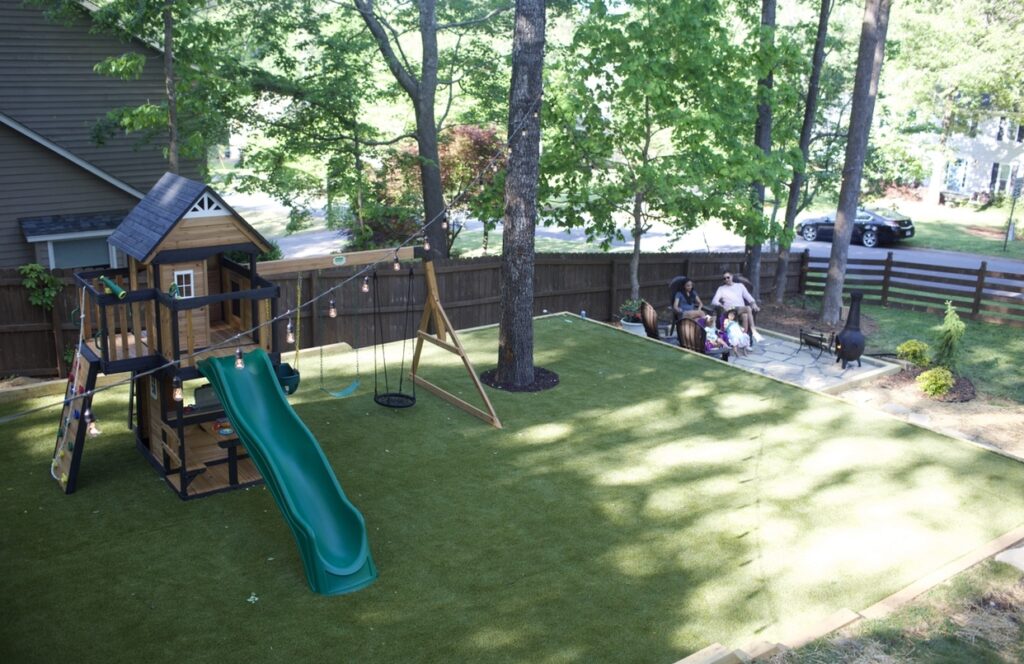
The last step to our backyard renovation was to add the finishing touches. We decided on a chiminea instead of a traditional 360-degree fire pit. Chimineas allow for better ventilation (funneling the smoke up and away from the surrounding area) and provides a cleaner more efficient burn. We also liked the idea that it is mobile and can be moved as needed. Our chiminea is cast aluminum. This is more durable than clay and ideal for climates like Georgia’s. It is much lighter than cast iron, and when it begins to fade we can simply use black high heat spray paint to touch it up. As for chairs around the fire pit area, we went with an inexpensive plastic option I found at Lowe’s. These adirondack inspired chairs are my favorite because they are durable, have a minimal recline (so you don’t struggle trying to get out of them), and they have a built-in drink holder! The last thing we added to the outdoor area was industrial grade café string lights. I found lights online that are AMAZING quality. They are very thick rubber, and meant to withstand year-round use in the elements. They came with the bulbs as well. You can shop the 100ft version I purchased HERE. We also purchased the galvanized steel support string to provide extra durability in wind, rain, or snow.
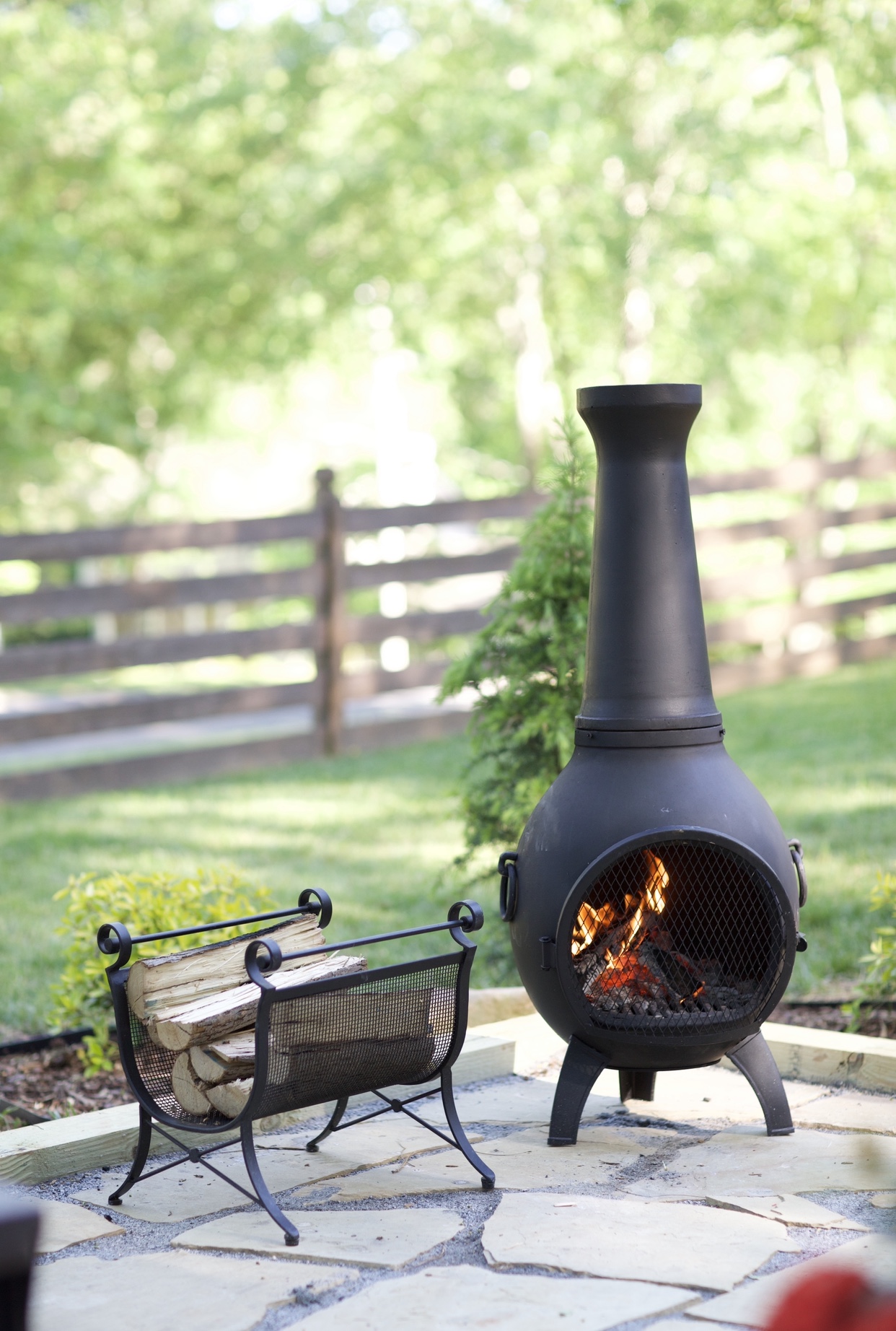
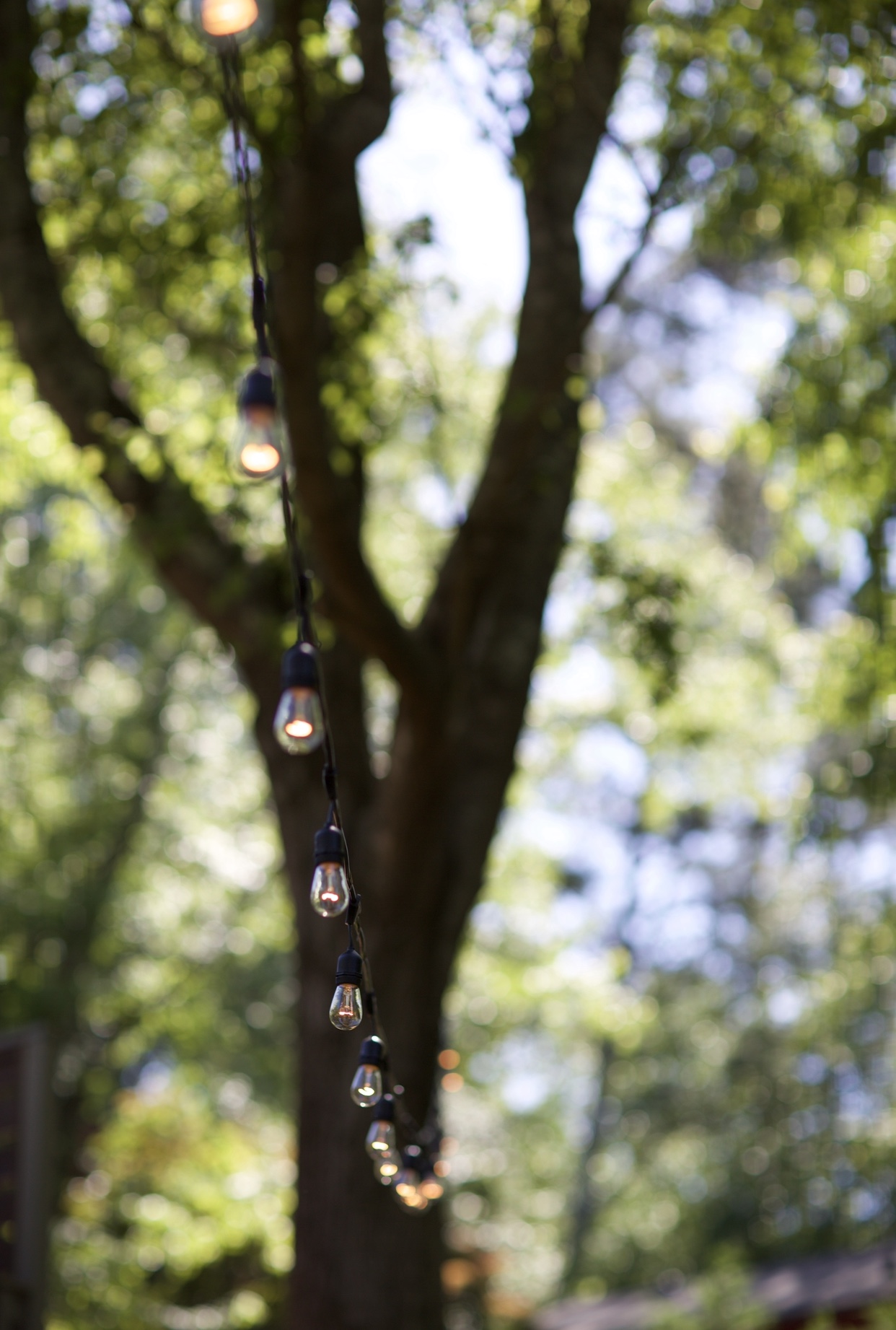
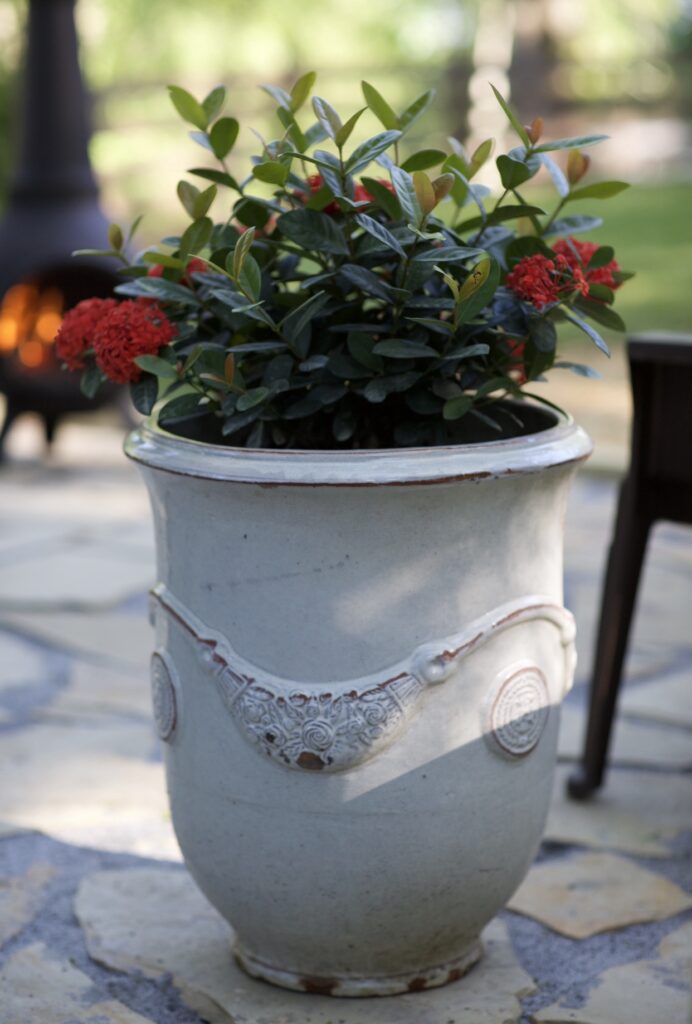
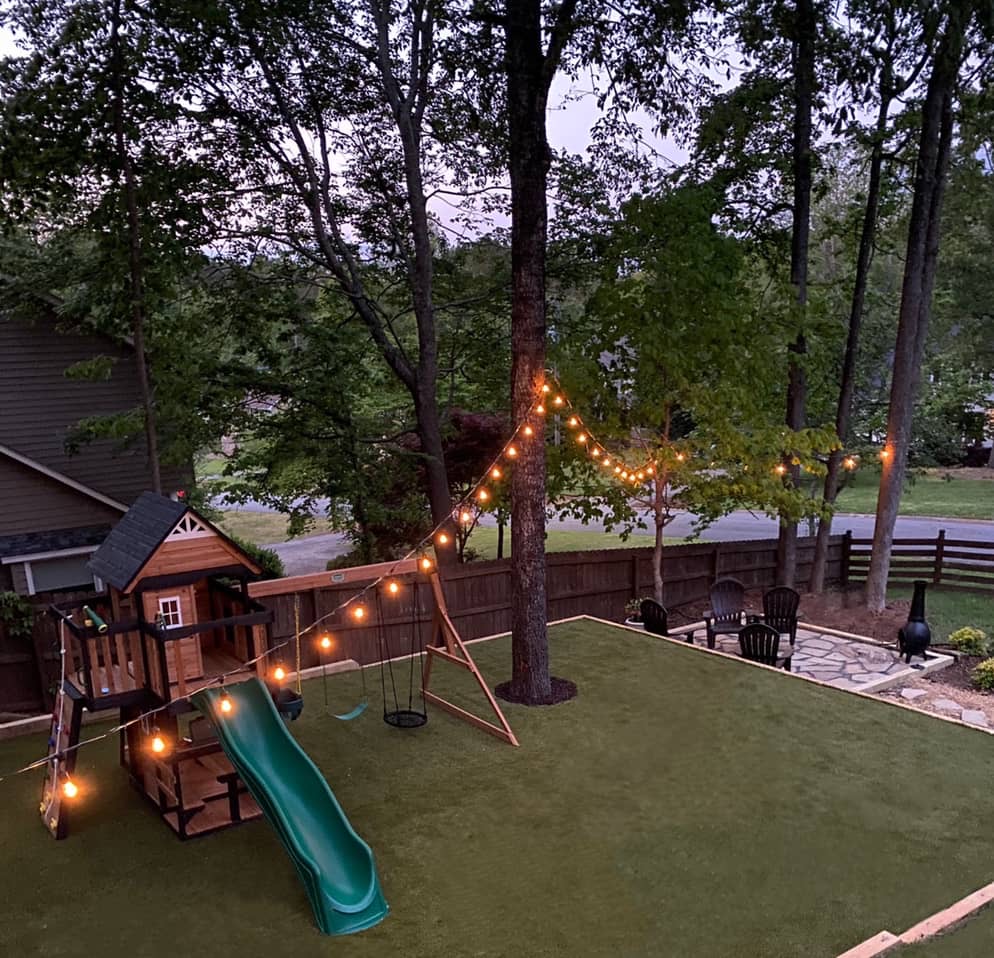
© 2023 strolling in the suburbs. ALL RIGHTS RESERVED. SITE BY Nari Creative
© 2023 strolling in the suburbs.
ALL RIGHTS RESERVED. SITE BY Nari Creative